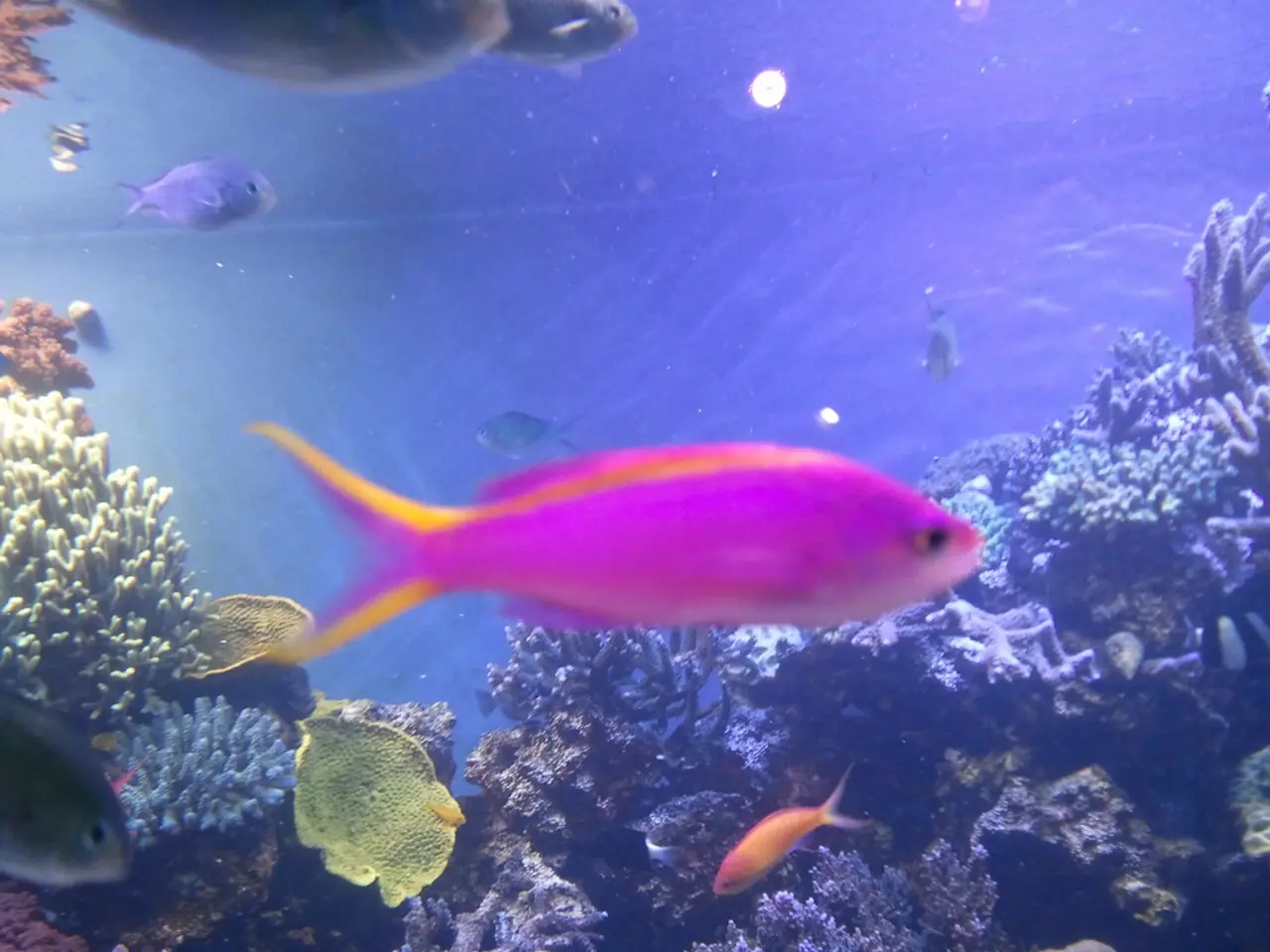Philippines' Marine Life Braces for Mass Extinction
The Philippines, a country rich in marine biodiversity, is currently facing a crisis. With more marine species per unit area than any other place on the planet, the Philippines covers a major portion of the Coral Triangle, a region known for its exceptional marine life diversity. However, this bountiful marine ecosystem is under threat.
Overfishing, destructive fishing practices, plastic pollution, and climate change have led to an unparalleled decimation of the marine biodiversity in the Philippines. A study published in the Philippine Journal of Science reports that reefs in the country's territorial waters are no longer in excellent condition, and that 90% are classified as either poor or fair. The Ocean Conservancy ranked the Philippines as the world's third-largest ocean polluter, generating 2.7 million metric tons of plastic waste annually and disposing of 20% of that directly into the ocean.
In 2014, the European Union issued a yellow card to the Philippines, warning that it would be banned from exporting to the bloc unless its fishing activities were strictly regulated. The EU's concern was well-founded, as an analysis by the University of British Columbia found that destructive fishing methods have been liberally used in the Philippines since the 1960s, with peaks in the 70s and 80s. Dynamite fishing and cyanide fishing are common practices among local fishermen in the Philippines.
The new fisheries code introduced in response has produced mixed results due to the absence of serious enforcement measures. Despite a ban on destructive fishing methods issued in the late 90s, they continue to be commonly practiced until this day.
Policing foreign vessels in the Philippines' territorial waters has been a significant geopolitical challenge for successive governments. Foreign fishing vessels from China, Vietnam, and Taiwan have been carrying out large-scale illegal fishing within the Philippines' exclusive economic zone (EEZ) since 2012. Last year, a young whale shark was found dead in Davao del Norte province with a cup, wrappers, and numerous other plastic items in its stomach, attracting international attention to the issue of ocean pollution in the Philippines.
In an attempt to address this issue, the Philippine government permanently restricted access to Boracay, a favored holiday destination, due to the sheer amount of trash in the water in 2018. However, the fight against marine pollution and the protection of the Philippines' marine ecosystem is far from over. Another 2017 report by the United Nations predicted that all 29 World Heritage coral reefs, including one in the Philippines, will die out by 2100 unless carbon emissions are drastically reduced.
The Philippines, with its unique marine life and rich biodiversity, is at a critical juncture. The future of its marine ecosystem hangs in the balance, and urgent action is needed to protect and preserve it for future generations.
Read also:
- Peptide YY (PYY): Exploring its Role in Appetite Suppression, Intestinal Health, and Cognitive Links
- Toddler Health: Rotavirus Signs, Origins, and Potential Complications
- Digestive issues and heart discomfort: Root causes and associated health conditions
- House Infernos: Deadly Hazards Surpassing the Flames








